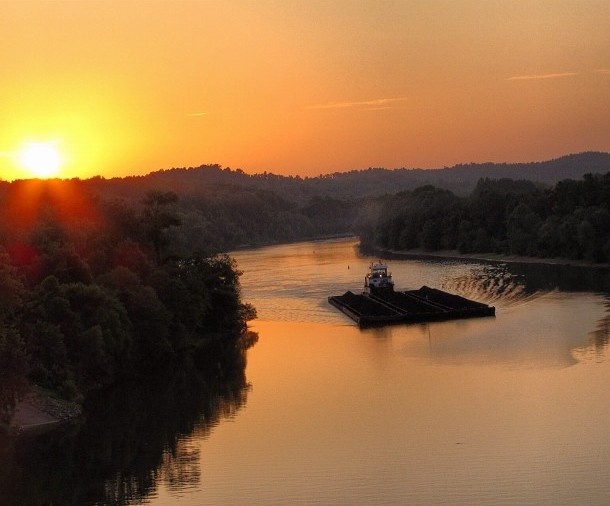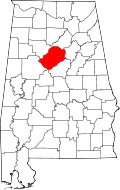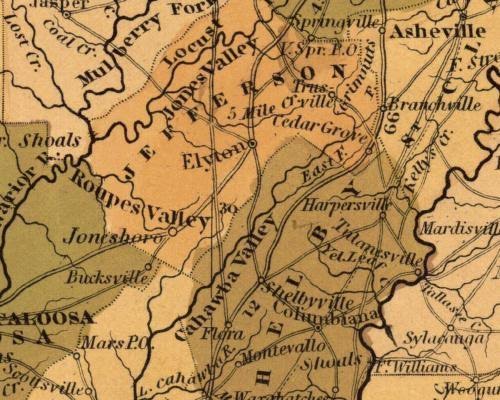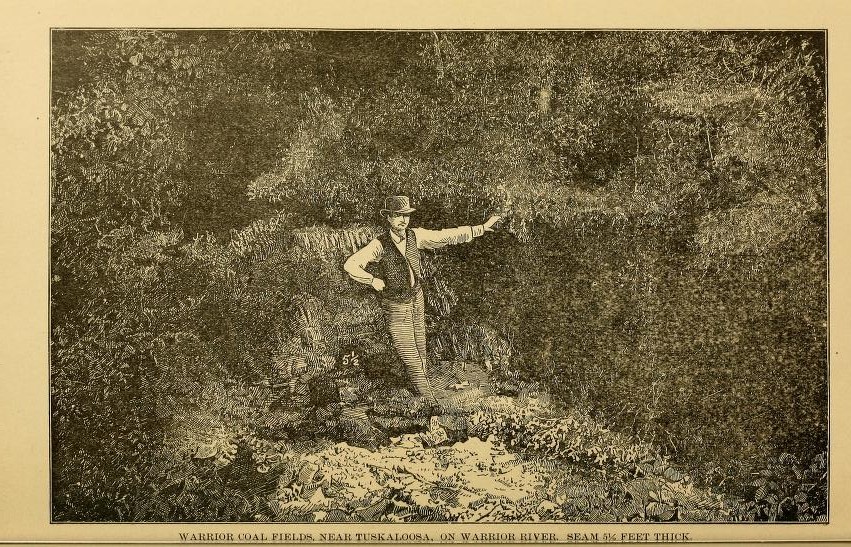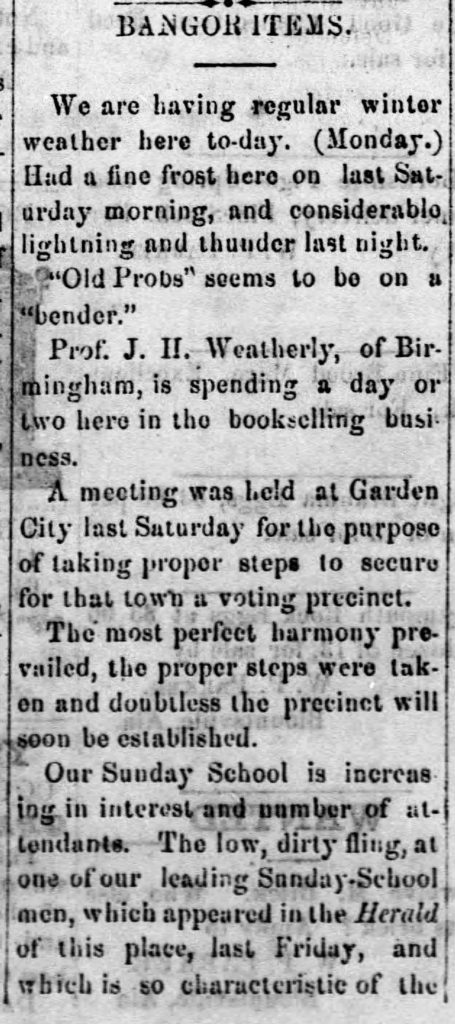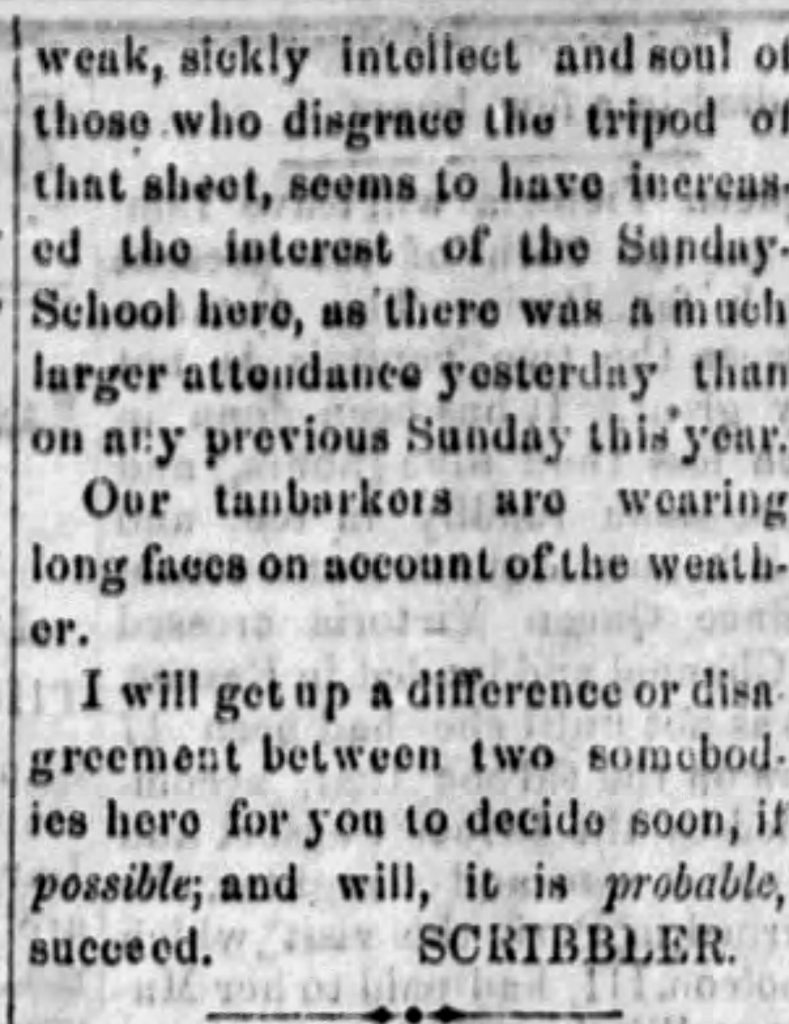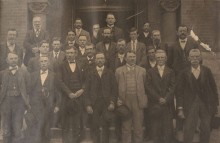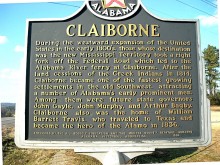Jefferson County, Alabama was once a part of Blount County…here are some early citizens
UPDATED!
The following description of early Jefferson County, Alabama, written in 1887, reveals the names of many early citizens.
The territory which constitutes the county of Jefferson is a part of what was formerly known as the county of Blount. Under the territorial government known as the Mississippi Territory, the counties were large and but sparsely populated. After the admission of Alabama as a State into the Union, and the adoption of the constitution, at the first session of the legislature, in 1820, great changes were made in the county boundaries, and many new counties established, among which was the present county of Jefferson, which embraces the territory commencing at Village Springs, in the north-eastern portion, and extends down in a south-western direction to Roupe Valley, which has long been famous for its immense deposits of iron ore, and where the first iron was made in the State of Alabama.
Jones Valley extended near the length of Jefferson County
The county is about forty-five miles long, from north-east to south-west, and about thirty miles across the other way from a point between the Mulberry and Locust forks of the Warrior River to the Shades Mountain, and at the south-east extremity to Cahaba Valley. Jones Valley extends pretty near through the whole length of the county, being divided by a low ridge for two-thirds the distance, the most valuable portion running parallel and by the side of the great deposit of red hematite ore and known as Red Mountain.
Birmingham was in a valley
The city of Birmingham is situated in that part of the valley about midway between the north-east and south-west extremities. and within about eight miles of the southern boundary and three miles from Red Mountain. The great Warrior Coal Basin extends for about twenty miles at the widest part, from south-east to north-west, and the whole length of the county the other way.
The early settlers say that the Indians did not occupy this portion of their territory as their homes, but seem to have set it apart as a hunting ground, and as a great, magnificent park, in which they, the Creeks and neighboring nations, the Cherokees and Choctaws, held their annual meetings to celebrate notable events in their history, and to perform their national games, like the ancient Greeks. They had a town on the Warrior River, known as Old Town, at which, according to Miss Duffie, a detachment from General Jackson’s army had a battle with them and captured one of their principal chiefs.
First settlers arrived around 1815
Long after the settlement of Jones Valley a trace leading from Old Town to Mudd Town, on the Cahaba River, now owned by Rev. John Caldwell, and crossing the Shades Mountain, about a mile east of Oxmoor, was plainly visible.
After the year 1815, which was about the time of the first settlement of white persons in Jones Valley, there were very few Indians seen here, and no hostile demonstrations; nevertheless, through abundant caution, the first settlers erected a rude fort near the present site of Old Jonesboro, but it was seldom occupied.
The first settlers, John Jones, Andrew McLaughlin, Samuel and Isaac Fields, and a few others, made the first settlement at the point above named, and the valley took its name from one of them, who, it seems, was a reckless, daring man, but who has left nothing but his name to throw any light upon his previous history. The others have left numerous descendants, who are among the noted families of our old citizens.
Moses Fields was first white child born in the county
At that settlement Moses Fields, lately deceased, was born, being the first white child born in the county. The first merchants there at that time were Ben. McWhorter, Mark M. Harris, Edward Sims, John B. Ayers, and John W. Bramlett. Near the same time a colony from Rutherford County, Tenn., settled at the place now known as Woodlawn, a suburb of the new city. This party was composed of Williamson Hawkins, Thonlas Barton, William Cowden, James Cunningham, probably Jonathan York and others, and soon afterward a large party from South Carolina, consisting of John Brown, Isaac Brown, John Brown (red), John Brown (black), John Wood, James H. Wood, William Culbertson, William C. Tarrant, Henry Tarrant, James Tarrant, William Reid, and several of the Montgomerys, and others not now recollected. The persons above mentioned, and their descendants, constituted a large part of our population, and have filled important offices in our county and State.
After several years’ residence there, Williamson Hawkins moved to the farm four miles west of Birmingham, where Mr. Thomas is now erecting his furnaces. It is a beautiful plateau of 2,000 acres on Village Creek. At the start he cleared and cultivated much of the land with his own hands, but he afterward became wealthy, and in 1860 was the owner of 150 negroes and made 100 bales of cotton per year, and large quantities of grain. Mr. Hawkins died soon after the surrender, and has left a numerous offspring, among whom were the late lamented Dr. Hawkins and his son James, the present able solicitor of our county.
Tennesseans in Jefferson County
In coming from Nashville or Huntsville, and going toward Tuscaloosa, a person would enter the county at Village Springs, in which neighborhood, as far back as 1821, he would meet with many persons whose names have since been well known throughout the county. I think they were mostly Tennesseans, among whom were Joseph D. Harrison, John Hanby, Sr., Christopher Deavers, John Cantley, Jeremiah Randolph, and others. A little lower down Turkey Creek they would find Jonathan Liverman and George Powell, and proceeding down the Tuscaloosa road you would soon come upon another neighborhood of South Carolinians, consisting of Dr. Hagood, Robert H. Green, Horton B. Chamblee, James H. Hewitt, George L. Green, George Starns, John Burford, and others, some of whom, and their descendants, have filled the most important offices, from representative in Congress down to justice of the peace.
News clippings below are from Blount County News-Dispatch, Blountsville, Alabama, March 19, 1879
SOURCE
- Jefferson County and Birmingham History 1887 by Teeple & Smith Publishers
ALABAMA FOOTPRINTS Exploration: Lost & Forgotten Stories (Volume 1) is a collection of lost and forgotten stories about the people who discovered and initially settled in Alabama.
Some stories include:
- The true story of the first Mardi Gras in America and where it took place
- The Mississippi Bubble Burst – how it affected the settlers
- Did you know that many people devoted to the Crown settled in Alabama –
- Sophia McGillivray- what she did when she was nine months pregnant
- Alabama had its first Interstate in the early days of settlement


